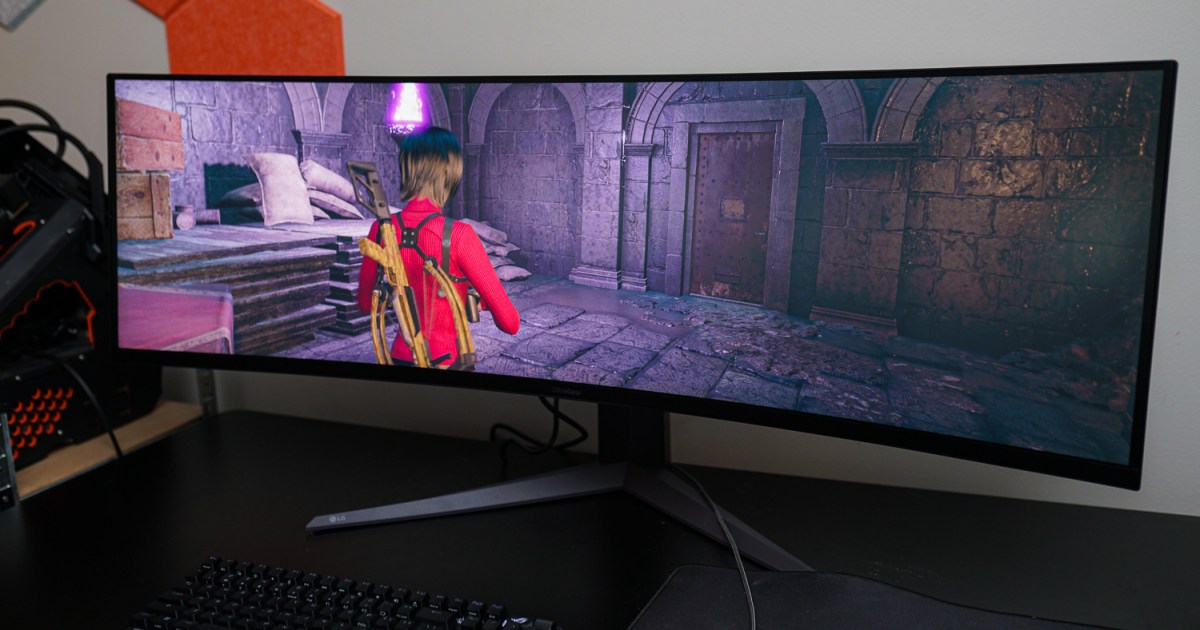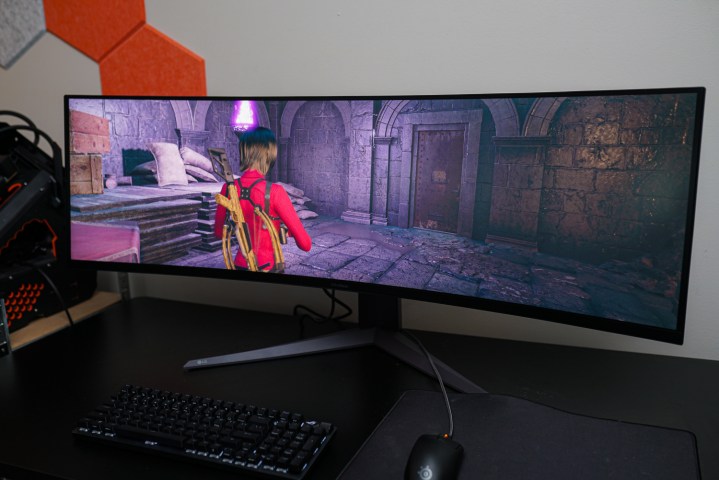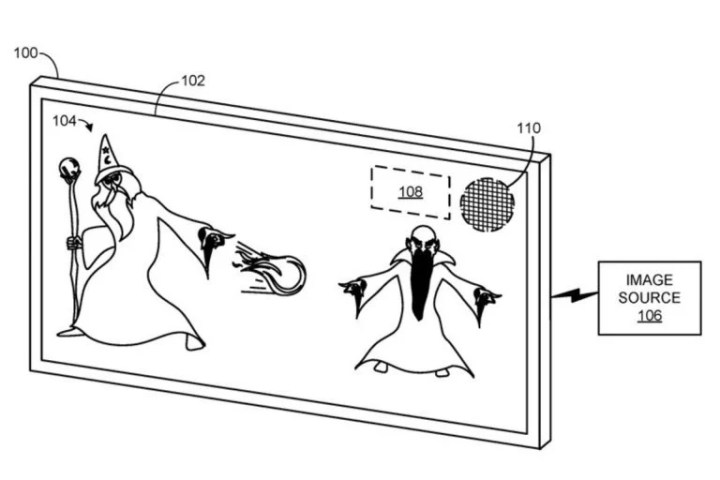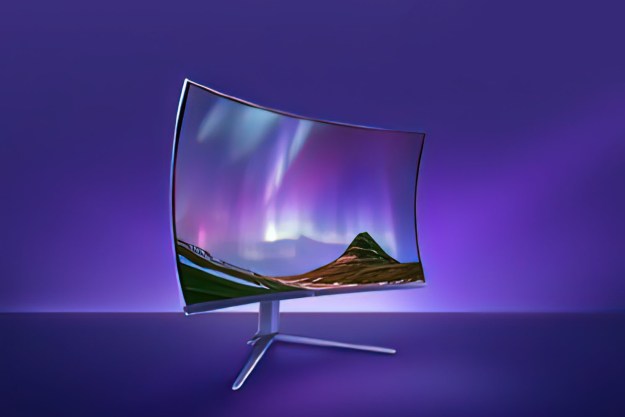Microsoft just discovered the next big evolution in displays
A new Microsoft patent tells us that the company is working on a new technology that can dim and brighten individual pixels instead of the entire display.

 Jacob Roach / Digital Trends
Jacob Roach / Digital TrendsMicrosoft is working on a new patent that aims to bring unprecedented levels of control to displays. The new tech, dubbed Pixel Luminesce for Digital Display, allows you to micromanage every single pixel of your display, adjusting the brightness as needed. If and when this makes it out of the development stage, it could end up being huge for all sorts of use cases, and could bring major improvements to some of the best gaming monitors.
The patent application describing the tech, first shared by Windows Report, describes the new technology as something that would enable selective dimming. With Microsoft’s new tech, you could decide that one part of the display stays brighter while the rest of it remains unaffected, and this would happen dynamically.
Microsoft aims to achieve this by using something called an EM gate driver, which controls the brightness of each pixel through signals. The EM gate driver would get information from a luminance controller, instructing it to send pulse-width-modulated signals to each row of pixels. This seems to be a simple “on” and “off” switch, making parts of the screen dimmer or brighter on demand.
 Microsoft
MicrosoftReportedly, these signals can happen at the same time or separately, and their length determines the strength of brightness of each pixel. Their timing, on the other hand, is said to affect the color of each pixel, potentially improving color accuracy. Windows Report also names power consumption as a benefit of this technology, because using pulse-width modulation can help a monitor save power.
It’s hard to say when this tech might come out on the mainstream market, as it’s still very early on. However, if Microsoft’s Pixel Luminesce does become commonplace one day, it could be a massive improvement over the current state of things. Dynamic dimming should offer a more immersive experience in games and movies.
Imagine a scenario like emerging from a cave in a 3D game, with the screen slowly coming alive in turn. Being able to run on lower brightness could also certainly be helpful for power consumption, and possibly even the longevity of a display. For now, we’ll just have to wait and hope that Microsoft goes ahead with this patent.
Editors' Recommendations
Gigabyte just upped its OLED monitor game Intel and Microsoft just announced a huge collaboration I’m a monitor reviewer, and these are the upcoming displays I’m most excited about LG’s new 480Hz gaming monitor just changed the game The next generation of QD-OLED monitors is coming soonMonica is a UK-based freelance writer and self-proclaimed geek. A firm believer in the "PC building is just like expensive…
The 3 futuristic gaming monitors TCL just announced look insane
If curved monitors do not satisfy your need for immersion, then TCL might have something for you. The company has come up with the world's first dome-shaped display, essentially creating a monitor that is curved at the edges horizontally as well as vertically.
Announced at DTC 2023 in Wuhan, China, the 31-inch display uses an OLED panel type with a 4K resolution and a 120Hz refresh rate. TCL believes that this unique concave-style monitor offers a 3D-like experience while gaming. The company hasn’t shared full specifications, but it is one of the most unique products we have seen lately.
Microsoft just made Paint useful again
Microsoft Paint is taking a step into the future with the integration of DALL-E 3, better known as Cocreator. The AI-powered feature, previously featured in Bing AI, enables users to generate images based on textual descriptions and preferred art styles.
Microsoft originally announced its intentions to integrate Bing’s AI-based image-generating features with Paint during its September 26 event. According to a report by Windows Latest, Cocreator for Paint has now transitioned from the testing phase and is ready for a broader release for all Windows 11 users. While not every user may immediately experience the feature due to the gradual rollout, those eager to explore Cocreator should ensure they are running the latest version of Paint. Additionally, users may be prompted to join a waiting list within the app.
Gigabyte may have just leaked AMD next big release
Gigabyte has just sparked some rumors about the next generation of AMD's top processors, perhaps accidentally leaking the release date that AMD itself hasn't talked about just yet. Then again, coming from Gigabyte, it can be considered a fairly credible source. In any case, AMD's next-gen APUs seem to be right around the corner, serving up graphics powers far beyond anything we've seen in an integrated GPU so far.
We're talking about AMD's 8000G APUs, which are a much-anticipated update to the company's lineup. So far, the best APU available to desktop users is the Ryzen 7 5700G, featuring RDNA 2 graphics. With the release of the Ryzen 8000G Phoenix, AMD will move to the RDNA 3 architecture, delivering up to 12 RDNA 3 compute units (CUs) in the rumored Ryzen 7 8700G. That's the same number of CUs as in the RX 6400.

 FrankLin
FrankLin 




































